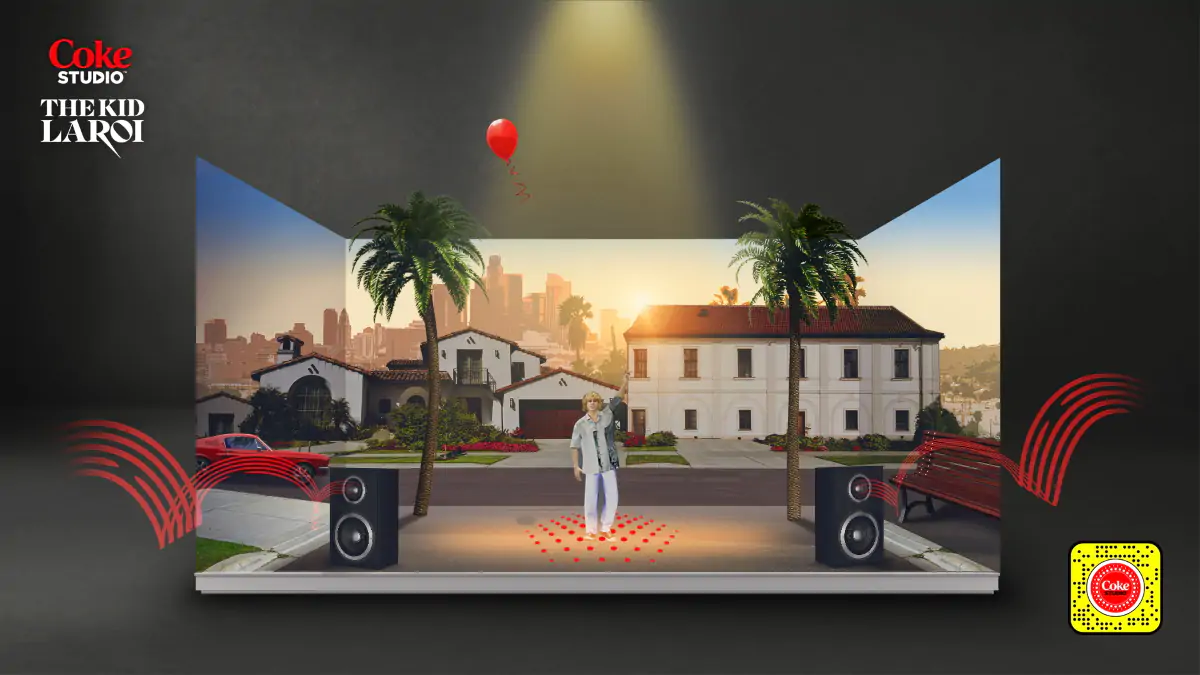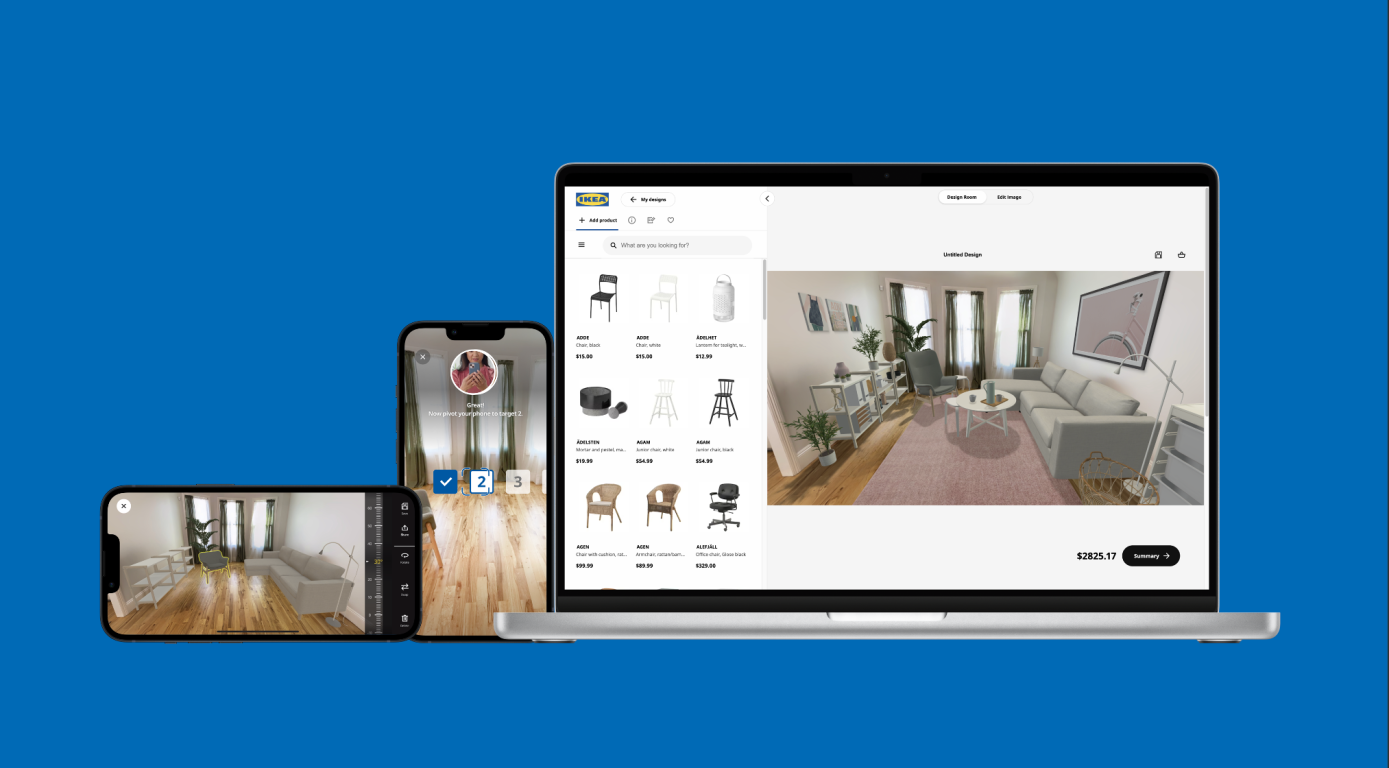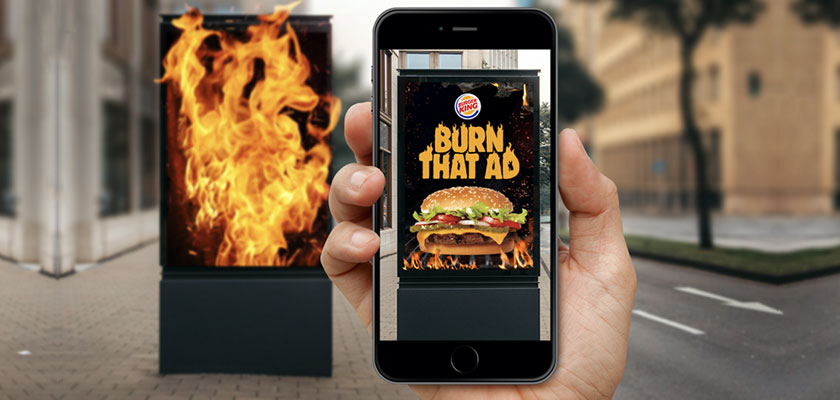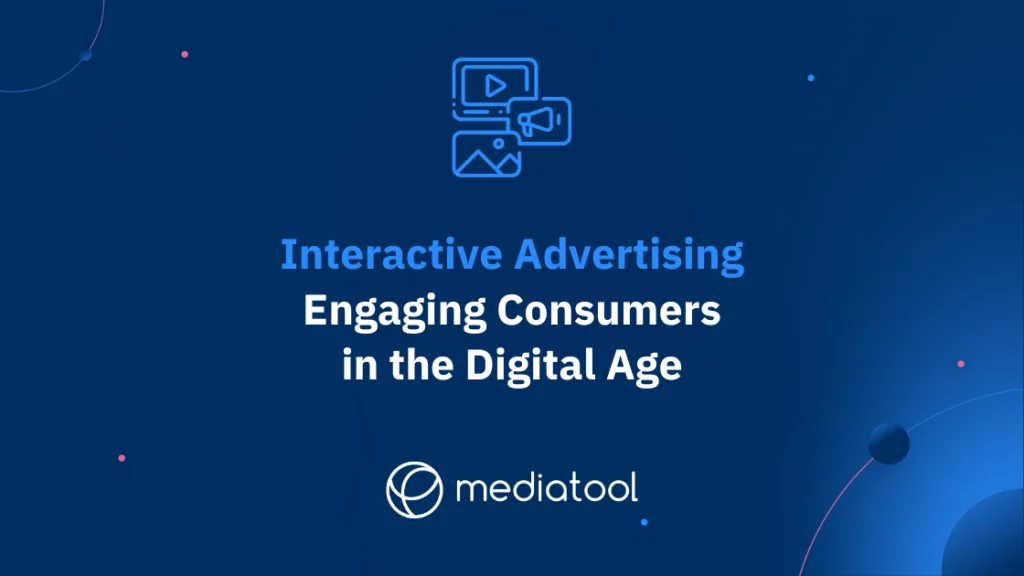Welcome to the world of interactive advertising, where traditional ads get a modern twist. This article dives into how interactive ads are changing the game, turning passive viewers into active participants.
Imagine ads that don’t just talk at you but invite you to interact, play, and make choices.
Why should you keep reading?
Whether you’re a marketer looking to spice up your campaigns, a tech fan curious about the latest trends, or simply someone who enjoys innovation, this piece is for you. Discover how clickable videos, in-app games, and augmented reality are making ads more than just background noise.
This isn’t just about the future of advertising; it’s about experiencing a new way brands connect with their audience.
So, let’s get started and see what makes interactive advertising a trend worth watching!
What is Interactive Advertising?
Interactive advertising represents a modern evolution in the advertising world.
Unlike traditional ad campaigns that typically talk at consumers, interactive ads engage them in a two-way dialogue.
This form of advertising leverages digital technology to create dynamic and immersive experiences, encouraging users to interact with the content in various ways.
The core of interactive advertising is its focus on user engagement.
Through interactive video ads, consumers are passive viewers and active participants. These ads can take various forms, including interactive display ads, playable in-app ads, and interactive video advertising.
By integrating interactive elements into the ad format, these advertisements capture the target audience’s attention more effectively than traditional advertising.
Interactive advertising spans multiple content formats and ad types, offering consumers an engaging and interactive experience. This form of advertising is designed to be more relevant and engaging to different audiences, aiming to maximize engagement and establish healthy long-term relationships between brands and their user base.
With its focus on an advertising strategy that encourages active participation, interactive advertising represents a significant shift from poorly coordinated advertising towards more effective and user-centric campaigns.
Benefits of Interactive Advertising
Now, why should businesses care? Interactive ads aren’t just cool; they bring tangible perks:
Enhanced Engagement and Brand Recall
Interactive ads are a game-changer in the advertising world. Their primary benefit? Engagement. Interactive advertising isn’t just about displaying a message; it’s about creating an experience that involves the audience. This isn’t your traditional advertising where audiences passively view an ad.
Instead, interactive ads, especially video and display ads, invite users to interact, leading to higher user engagement and stronger brand recall. For example, an interactive video ad that lets users decide the storyline keeps them more involved than a standard video ad.
Tailored to Various Audiences
Another significant advantage of interactive advertising is its adaptability to different audiences. This customization makes interactive ads incredibly relevant and effective. Whether they’re interactive Facebook ads targeting social media users or augmented reality (AR) ads offering a personalized shoe display experience, they can cater to various target audiences’ specific interests and preferences.
By using data to tailor the advertising message, interactive ads ensure they resonate more deeply with their audience.
Valuable Consumer Insights
Interactive ads also serve as a goldmine for consumer insights. Through engagement metrics and interactive elements, advertisers can gather data on consumer preferences and behaviors. This information is crucial for refining advertising strategies and making ads more effective.
For instance, playable in-app mobile app ads can provide insights into how users interact with different games or features, which can be invaluable for future marketing campaigns.
Building Long-Term Relationships
Lastly, interactive advertising plays a significant role in building healthy long-term consumer relationships. By offering engaging content and personalized experiences, brands can foster a deeper connection with their audience.
This approach not only maximizes engagement but also promotes brand loyalty. Interactive advertisements are not just about promoting products; they’re about creating a narrative and experience that resonates with the target audience, leading to a more profound and lasting impact.
Types of Interactive Advertising
Interactive Video Ads
Interactive video ads are a standout in the realm of interactive advertising. These are not your average video ads; they are more like interactive videos where viewers get to choose their adventure.
These ads transform passive viewing into an active experience, where the audience gets to make decisions that affect the story or outcome. This type of interactive video advertising is highly effective in capturing and maintaining viewer attention. Around 47% of marketers who were surveyed indicated that interactive content ranks among the top three types of video content that garner the most audience engagement.
Augmented Reality (AR) Ads
Augmented reality (AR) ads add an extraordinary layer to interactive marketing. Imagine trying on a pair of shoes or exploring a virtual tour of a travel destination, all from your smartphone. The mobile AR market is estimated to be over 36 billion U.S. dollars by 2026.
AR ads create these immersive brand experiences, offering a personalized experience that can significantly boost consumer engagement and brand loyalty.
Playable In-App Ads
Playable in-app ads are becoming increasingly popular, especially in mobile and entertainment apps. These ads allow users to interact with a mini-version of a game or app feature, providing a ‘try before you buy’ experience.
This interactive ad format engages users and offers a taste of the product, which can be a powerful motivator for app downloads and purchases. Given that more than 90% of mobile device time is spent on apps, playable in-app ads are an increasingly effective tool for capturing user attention.
Interactive Display Ads
Interactive display ads are an innovative twist on traditional display ads. These ads incorporate interactive elements that can turn a standard banner ad into an engaging mini-game or an interactive experience.
Such ads are particularly effective on digital platforms, as they encourage users to interact directly with the ad, leading to higher engagement rates.
Diverse Formats for Different Audiences
The beauty of interactive advertisements lies in their variety. From interactive Facebook ads that engage users on social media to interactive display ads tailored for digital platforms, there’s a format for every target audience.
This diversity allows brands to craft an advertising strategy that speaks directly to their audience through engaging content, interactive elements, or tailored advertising messages.
Interactive advertising offers a multitude of formats to engage consumers directly, educate them about products, and build a relationship beyond the traditional ad campaign. By leveraging these different types of interactive ads, brands can create a more dynamic, effective, and user-focused advertising experience.
Examples of Interactive Advertising
Let’s look at some real-life wizards of interactive advertising.
Coca-Cola’s Augmented Reality Campaigns

Snap Inc. and Coca-Cola’s “Coke Summer Music” campaign with The Kid Laroi
Coca-Cola has consistently set the bar high with its interactive advertising campaigns. Their use of augmented reality (AR) is particularly noteworthy. From interactive video ads that transform static images into dynamic, 3D experiences to virtual tours that transport viewers to the Coca-Cola world, their campaigns have effectively leveraged AR technology to engage consumers and create memorable brand experiences.
IKEA’s Interactive Catalog

IKEA revolutionized its traditional catalog with interactive elements. By using their mobile app, users can place virtual furniture in their own space, seeing how it fits and looks before making a purchase. This use of interactive video and digital elements in their campaign not only helps customers make better purchasing decisions but also enhances user engagement with the brand.
Nike’s Playable Ads

Nike’s “Play New” campaign is a refreshing and innovative approach to interactive advertising. It moves away from the traditional focus on winning and elite athleticism, instead celebrating the joy of trying new sports, even if one isn’t particularly good at them.
Nike has embraced interactive advertising by incorporating playable ads into their marketing strategy. These ads, often found in mobile apps and digital platforms, allow users to interact with Nike products in a game-like environment. This approach not only entertains but also effectively showcases the brand’s products, driving both engagement and sales.
Burger King’s Augmented Reality Campaigns

Burger King’s innovative use of augmented reality (AR) in advertising is exemplified in their “Burn That Ad” campaign. This campaign encouraged users in Brazil to ‘burn’ rival fast-food ads digitally using a new mobile app feature. When users pointed their smartphones at competitors’ ads, the ads appeared to catch fire, revealing a Burger King advertisement and a coupon for a free Whopper.
Burger King has successfully used AR ads to create engaging and interactive experiences for their customers. By using their mobile devices, customers can interact with various digital elements, such as viewing exclusive content or participating in interactive challenges. These campaigns have proven effective in not only attracting attention but also in building a fun and unique relationship with their target audience.
In each of these examples, the brands have utilized various forms of interactive ads, from AR campaigns to playable ads, to effectively engage their audience. By integrating multiple content formats and tailoring their campaigns to the right audience, these brands have shown how interactive advertising can lead viewers on an engaging journey, offer answers to their questions, and, ultimately, promote products in an innovative way.
How Do Interactive Ads Maximize Engagement?
Interactive ads leverage advanced technologies to deliver captivating experiences, far surpassing the impact of traditional advertising methods.
Augmented Reality: A Gateway to Engagement
Augmented reality in ads, such as virtual tours or interactive shoe displays, offers users a deeply personalized and immersive experience, significantly boosting engagement and brand connection.
Playable Ads: Interactivity in Action
Playable ads, particularly in mobile and entertainment apps, provide an interactive element that encourages direct consumer interaction with the brand, making the advertisement more than just a message but an engaging activity.
Tailoring to Audience Preferences
These advertisements utilize various content formats and are tailored to different audiences, ensuring that the advertising strategy is not only about promoting products but also educating and engaging the right audience.
Building Long-Term Relationships
By creating interactive experiences, these ads maximize user engagement and foster healthy, long-term relationships with consumers, enhancing brand loyalty through interactive marketing.
Conclusion
Interactive advertising marks a significant shift in how brands connect with their audience. By moving away from traditional, one-directional ad campaigns, these interactive approaches engage consumers through a two-way dialogue, utilizing digital technology to create immersive experiences.
From interactive video ads and augmented reality experiences to playable in-app ads, these advertising methods captivate users, making them active participants rather than passive viewers. This increased engagement leads to higher brand recall and fosters deeper, more meaningful relationships between consumers and brands.
By being relevant, entertaining, and personalized, interactive ads represent a forward-thinking approach to advertising that resonates with modern consumers.





